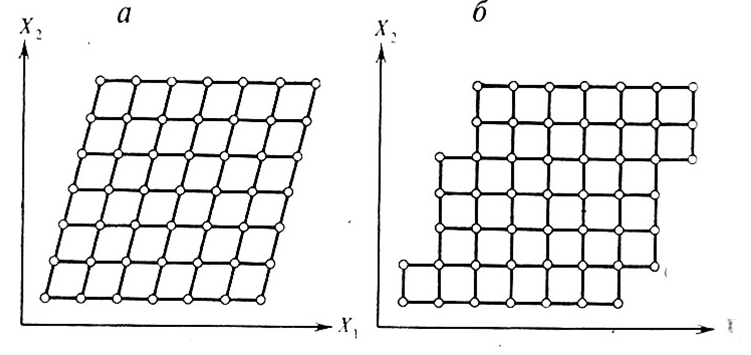I was taught there are two types of materials: elastic and plastic [majorly, excluding everything in between], where elastic means the strain created on applying stress is relieved by the body and plastic means the strain is permanent.
My question: What is the microscopic origin of plasticity?
According to the model of atoms and molecules i use to picture, all molecules are oscillating about the equilibrium position, the equilibrium being determined the potentials (or forces) between molecules within the material. So in the very basic model, there should only be perfectly elastic materials because once the external stress is removed, the equilibrium should essentially be re-obtained from newton's laws or schrodinger equation or whatever because the situation is essentially as if there was no stress in the first place.
Obviously, this model is far, far away from truth if it predicts there are no plastic materials at all!!!
Bonus question: What's wrong with this model of potentials and forces and equilibrium that can be obtained.


